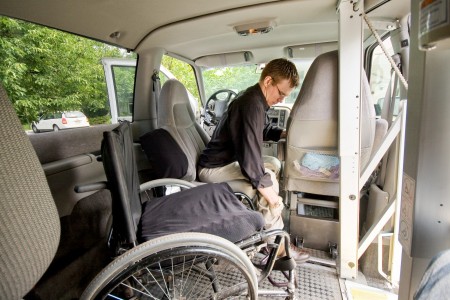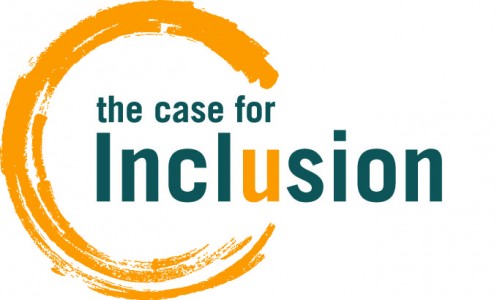(Image Description: Photo of President George H. W. Bush signing into law the Americans with Disabilities Act of 1990 on the South Lawn of the White House. Evan Kemp and Justin Dart are in wheelchairs beside President Bush. Rev. Harold Wilke and Swift Parrino are standing behind President Bush.) Post by Nikita Aneja…
Read More of "5 Things You May Not Know About the Americans with Disabilities Act"Tag: public policy
UCP Interns Visit the White House
(Image description: Six women in their 20s posing at the White House Forum on LGBT and Disability Issues. Three of them have dark hair and three have light hair. Five are standing and one is in a wheelchair.) As a representative of United Cerebral Palsy’s National Office, I was able to attend the White…
Read More of "UCP Interns Visit the White House"What Can You Do to Protect Access and Independence?
When it comes to paying for wheelchairs and other equipment, the Centers for Medicare and Medicaid (CMS) uses a program called ‘competitive bidding’. Over the years, United Cerebral Palsy (UCP) has worked with the disability community to ensure that the competitive bidding process does not restrict reimbursement of the equipment necessary to live daily life with a disability. But a recent development has come up– and could drastically limit the payment for and access to much-needed tools and technology. Check out what YOU CAN DO…
Read More of "What Can You Do to Protect Access and Independence?"How Well Does Your State Serve People with Disabilities?
United Cerebral Palsy (UCP) released the 2015 Case for Inclusion today, an annual report and interactive website used to track state-by-state community living standards for Americans with disabilities. All 50 States and the District of Columbia (DC) are ranked each on a set of key indicators, including how people with disabilities live and participate in their communities, if they are satisfied with their lives, and how easily the services and supports they need are accessed…
Read More of "How Well Does Your State Serve People with Disabilities?"


